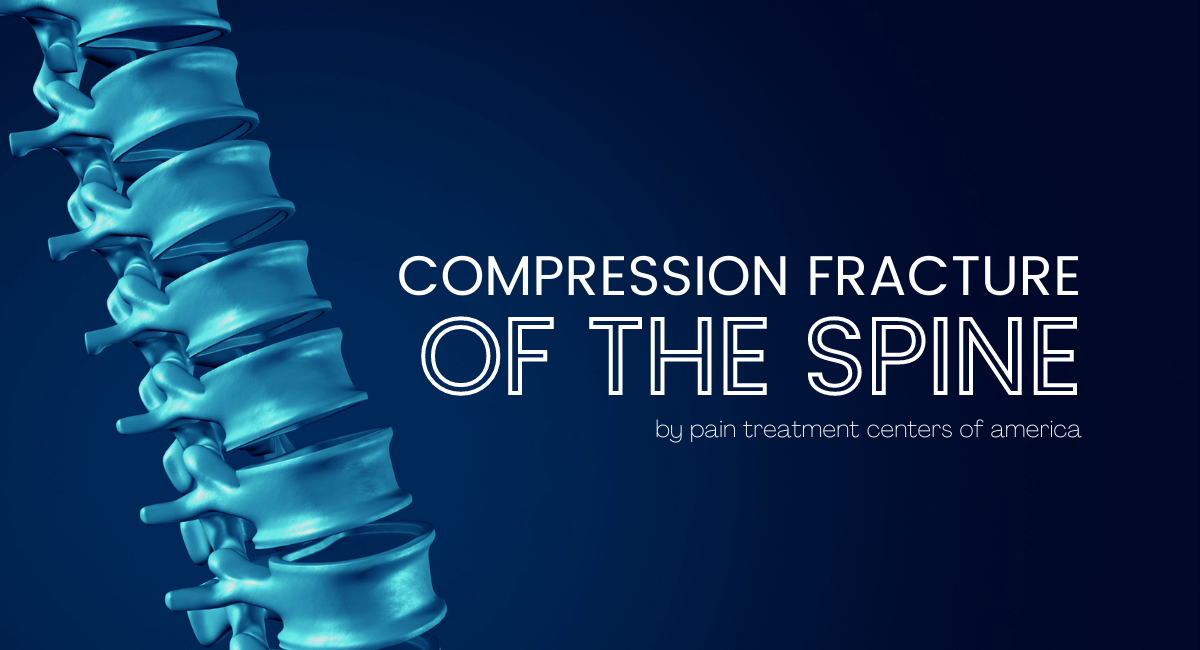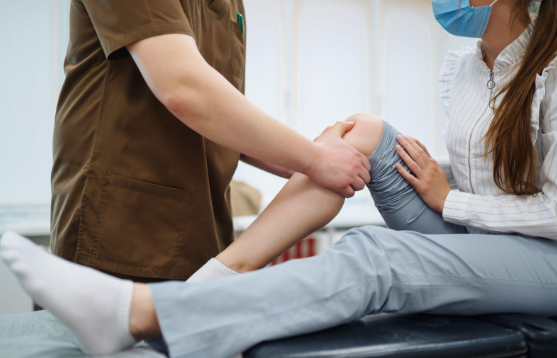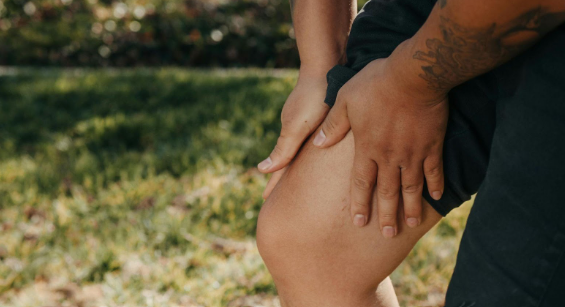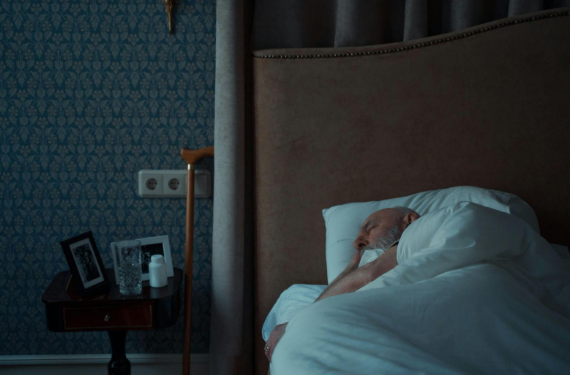What is a Compression Fracture of the Spine?
Compression fractures of the spine occur when the blocks of the spinal cord (vertebral bodies) collapse. Fractures can affect one or more vertebrae and typically form in your mid or lower back and cause pain and limited mobility.
At Pain Treatment Centers of America, we treat the chronic pain associated with spinal compression fractures. In this article, we hope to provide important and helpful information in learning about the condition and how PTCOA can help.
Causes of Compression Fractures
The most common cause of compression fractures is osteoporosis, a condition which causes bones to become weak and brittle. If you have osteoporosis, small activities like bending down or coughing can cause small hairline fractures. These hairline fractures add up and eventually cause the bones that form your spine (vertebrae) to collapse.
The following factors may increase your chances of developing osteoporosis:
- Race and Gender : Women are at higher risk than men. Specifically, White and Asian women are at the highest risk.
- Age : Chances are higher in women around the age of fifty and increase with age.
- Weight : Naturally thin women may have impaired bone quality, putting them at higher risk.
- Early Menopause : Women who undergo menopause before age fifty are at higher risk.
- Smokers : People who smoke lose bone thickness faster than non-smokers, putting them at a higher risk.
Hemangioma (blood vessel growth), trauma, and certain types of cancer can cause compression fractures. Individuals at the highest risk for spinal compression fractures include:
- People with osteoporosis.
- People with bone cancer or cancer that has originated in one area and spread to the bones, including multiple myeloma and lymphoma (sometimes a spinal fracture is the first sign that someone has cancer).
- Women above fifty years of age that have already gone through menopause.
Symptoms of a Compression Fracture
When compression fractures first start developing, they may not cause symptoms. Over time, you could start experiencing symptoms including but not limited to:
- Back pain that gradually gets worse over time, or comes on suddenly and sharply.
- Pain that gets worse when you stand or walk, but improves when you lie down.
- Trouble bending or twisting your body.
- Decreasing height.
- A curved, stooped shape to your spine.
The pain typically happens with a slight back strain during an everyday activity like:
- Lifting a bag of groceries.
- Bending to the floor to pick something up.
- Slipping on a rug or making a misstep.
- Lifting a suitcase out of the trunk of a car.
- Lifting the corner of a mattress when changing bed linens.
Some people feel almost no symptoms from spinal compression fractures. The cracks can happen so gradually that the pain is relatively mild or unnoticeable. For others, the pain may turn into a chronic backache in the injured area.
Symptoms of Multiple Spinal Compression Fractures
Multiple compression fractures will cause your spine to change a lot. Part of your vertebrae may collapse because the small cracks make your vertebrae unable to support the weight of your spine. Symptoms of multiple compression fractures include:
- Height loss : The spine gets a little bit shorter with each fracture of a spinal bone. Eventually, after several vertebrae collapse, you will look noticeably shorter.
- Kyphoses (curved back) : When vertebrae collapse, they form a wedge shape, which causes the spine to bend forward. Eventually, you will have neck and back pain as your body tries to adapt.
- Stomach problems : A shorter spine can compress your stomach, causing digestive problems like constipation, a weak appetite, and weight loss.
- Hip pain : The shorter spine brings your rib cage closer to your hipbones. You will feel severe pain if those bones are rubbing against each other.
- Breathing problems : If the spine is severely compressed, your lungs may not work properly and cause trouble with your breathing.
Symptoms are different for everyone, so let your doctor know if you’re feeling back pain or other symptoms.
Kyphoplasty/Vertebroplasty for Compression Fracture
Vertebroplasty/kyphoplasty is a treatment option offered by Pain Treatment Centers of America for anyone with spinal compression fractures. This minimally invasive treatment usually does not require anesthesia and allows you to return home with minimal restrictions.
Visit our Kyphoplasty/Vertebroplasty procedure page to learn more about this treatment option.
Compression Fracture Treatment with PTCOA
Spinal compression fractures can easily go unnoticed and be mistaken for joint and muscle pains in the back. If you are experiencing the symptoms listed above, talk with a physician at Pain Treatment Centers of America to find the source of your pain, and help you get back to a healthy and happy lifestyle.
Find a location and schedule an appointment today.














